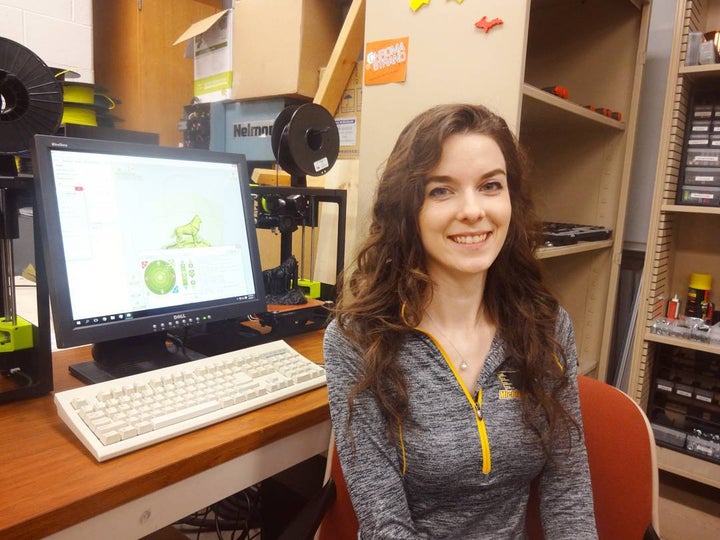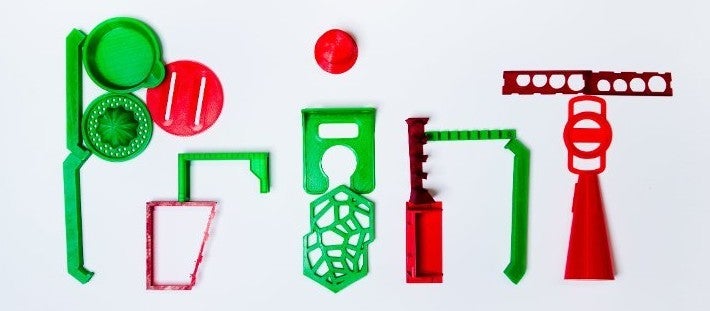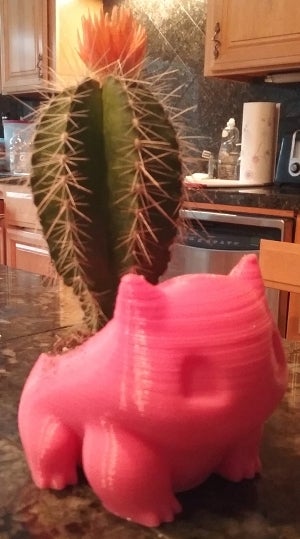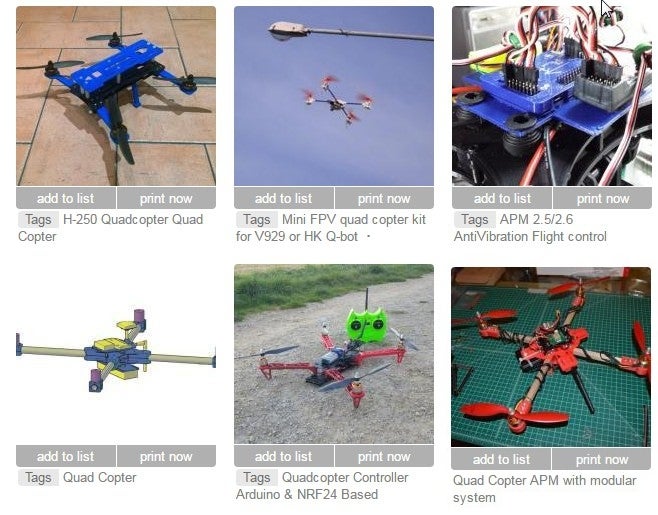If you are treating your savings account as an investment you are losing money. A new study offers some hope for earning a much higher return on at least some of your money by offsetting purchase costs by 3-D printing products at home.

Emily Petersen, a co-author on the study, in a lab with open source Lulzbot Mini 3-D printers being used to print husky statues for VIP Michigan Tech alumni. (GNU General Public License )
Why are bank accounts “sad”?
The average savings account has a measly 0.06% APY (annual percentage yield) and the average American bank account balance hovers around $4,436. This means that after five years of sitting in the bank, the average American would expect $4,449.33 or to make about $13 in interest. Inflation, which is now at 2.5%, would completely negate the profit of those few dollars. The account would need to earn more than $110 every year to break even. Thus, the average American is actually losing money every year they let their money sit in a savings account.
As our President might tweet, “Sad.”
There are obviously better ways to invest your money. One possibility is to buy a 3-D printer with the intention of offsetting purchases by 3-D printing consumer goods at home. Although this sounds a bit sci-fi, the technology is already here for plastic products. Look around your house or take a stroll through Wal-Mart – a lot of what you buy is actually plastic.
Our new study found that even inexperienced consumers could make their money back from investing in a 3-D printer within six months, but can also earn an almost 1,000 % return on their investment over a five-year period. This represents a significant improvement from the returns from bank accounts and beats inflation as well. Michigan Tech engineers analyzed 26 random objects in the study that may have already saved consumers who use 3-D printers at home more than $4 million. There was nothing special about the objects and there are millions of free designs already available on the web.

Some of the 3-D printed objects used in the Michigan Tech study.
To compile the data, an undergraduate student at Michigan Tech, Emily Petersen, used a 3-D printer fresh out of the box with no prior experience, instruction or guidance. “I’d never been up close and personal with a 3-D printer before,” Petersen says. “And the few printers I had seen were industrial ones. I thought learning to operate the printer was going to take me forever, but I was relieved when it turned out to be so easy.” Petersen used a Lulzbot Mini – a $1250 3-D printer that can print in high resolution, works with a variety of operating systems and supports open-source hardware and software (meaning that all source codes associated with the printer and its programs are freely available and can be modified). After commissioning the Lulzbot—a process that took less than half an hour—Petersen used a 3-D design file search engine called Yeggi to find and build 26 popular, everyday items. Yeggi searches free online databases of designs like MyMiniFactory , Thingiverse and Youmagine. Petersen searched for products, downloaded the design files, selected them and hit print. Using a 3-D printer in this way is the same as using a regular computer and office paper printer. Petersen’s favorite creation? A fan-art Pokemon Bulbasaur planter that she filled with a small cactus and gave to her mom for Christmas.

A 3-D printed fan-art Pokemon Bulbasaur planter filled with a small cactus.
3-D Printing Money
The study published in Technologies was primarily an economic analysis of a technology only recently available to consumers. By printing 26 items, the researchers simulated household 3-D printer use over a six-month period, with the conservative assumption that a typical household might print one “homemade” item per week. This is conservative because you could print many products per day if you wanted to – 1 item per week was meant to estimate the number of actual products that already have free designs posted on the web.
Petersen printed items that were reasonably popular, such as tool holders, snowboard binder clips and shower heads. The researchers monitored each item's energy, print time and plastic use to determine its costs, then conducted a savings analysis on a per-item basis.
For each item printed, from mounts for GoPro cameras to Dremel tools, the researchers ran high-cost and low-cost comparisons. For example, for a printed cell phone case, the total cost of printing was compared with the purchase cost of both a high-end phone case and the least expensive model available.
The low-cost comparisons showed an average 93% savings, while the high-cost comparisons showed an average savings of more than 98%!
The results of the study show that with the low-cost estimates, the 3-D printer pays for itself in three years and all the costs associated with printing—such as the price of plastic and electricity—are not only earned back, but provide a 25% return on investment. That is 10 times higher than inflation eats away at your savings. Better yet, after five years, the ROI is more than 100 percent!
But to be fair,the low-cost estimates themselves are absurdly conservative as often the designs are custom creations not available in stores. With the more realistic high-cost estimates, the printer pays for itself within six months. And after five years, investors not only recoup all the costs associated with buying and running the 3-D printer, they save more than $12,000. That is not insignificant money for most Americans.
A five-year life cycle for this type of 3-D printer is reasonable, mainly because the Lulzbot Mini is open source—all the files to upgrade and fix the machine are available for free online. Many of the parts most likely to break are even 3-D printable. Believe it or not, the manufacturer, Aleph Objects, actually uses its own printers to manufacture the 3-D printers it sells. They are not alone, there are dozens of companies that sell relatively low-cost open source 3-D printers.
Anyone Really Can Do This
An earlier study, which looked at using a self replicating rapid prototyper (or RepRap) had met with similar results. However, critics wondered if the average American consumer really was technically savvy enough to make their own 3-D printer. Now it appears they no longer need to be.
Petersen used the printer’s default settings and didn’t print any complicated items or use any engineering knowledge like CAD for new designs. “I’m an engineering student,” Petersen says, “but I was new to this. The fact that I was able to troubleshoot any issues I had and produce 26 items relatively easily is a testament to how accessible this technology is to the average American consumer.” Petersen hopes her experience will help others have more confidence in at-home 3-D printing.
As the technology develops and 3-D printer and filament costs continue to drop, many more new 3-D printer users are joining the world-wide 3-D printing community. Some are even trying to design their own products. They appear to be continuing the tradition of sharing them so that everyone with a 3-D printer wins as that many more products can be substituted for purchases. This is where the millions of free 3-D printing designs are coming from.
There is a risk of this, however, as the “free shopping” may get harder. For example, according to Yeggi there are already 2,300 free designs for “quad copter” available on the web. As even more printable designs become freely available online, helping 3-D printer prosumers actually find the best 3-D printable product looks like it will be a business opportunity all on its own. Until then, consumers can have fun earning a much higher return on their money printing products in the comfort of their own homes.

Screen capture showing some of the more than 2000 free and open source 3-D printable quad copter designs.
